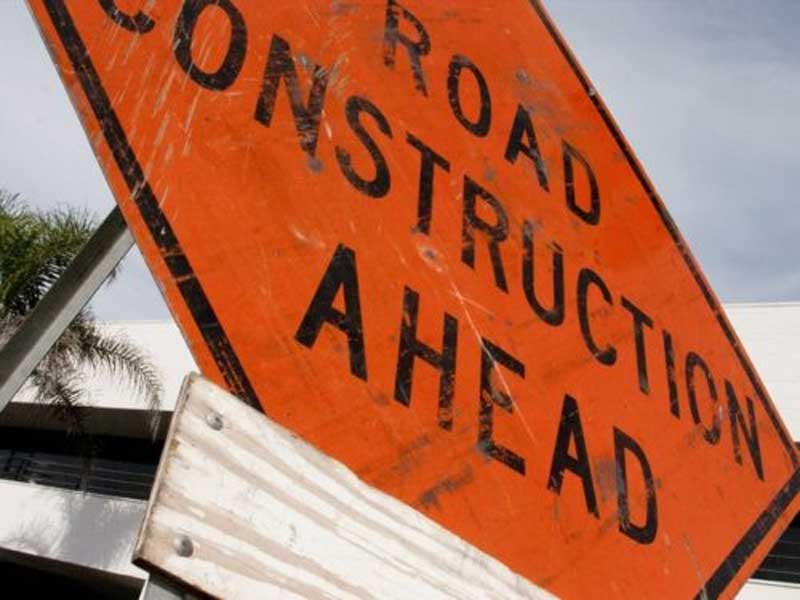
Members of the State Transportation Infrastructure Bank (STIB) board recently discussed their desire to explore expanding South Carolina’s interstates through the STIB.
While nothing was voted on or confirmed, the ideas floated included finding additional funding streams, “encouraging” the state Department of Transportation to partner with STIB to build interstates, and expanding the STIB’s charter to allow it to circumvent DOT’s priority list and build interstates now.
Here’s what you need to know about this.
1. The STIB is designed to finance new and expansionary road projects – not repair and maintain existing roads. In the past, many of these projects have been centered in only a few areas – often in the home counties of STIB board members, such as Florence County – instead of the entire state benefiting equally from STIB funding.
2. The STIB finances road construction through issuing bonds – e. debt. Some debt is backed by the taxpayers (general obligation bonds), and some debt is backed by the STIB’s own revenue stream (revenue bonds) – at least in theory.
- General obligation bond debt (backed by taxpayers): $33.7 million
- Revenue bond debt: $1.7 billion
3. According to the DOT, it will be years before existing roads are completely repaired – despite the gas tax hike. Worse, the DOT may not hit even that goal at the current rate of projects being completed (see here and here).
4. Lawmakers have been funding the STIB in an unconstitutional manner for years. The S.C. Constitution says revenue bonds cannot be paid for with tax dollars, meaning they have to be financed by a separate revenue stream(s) – i.e., fees. However, the STIB is not a revenue-producing agency, so lawmakers created a revenue stream for the STIB using tax dollars as well as fees. How did they get around the constitutional prohibition on the use of tax dollars? By renaming the gas tax a “fee.” Since 1999, one penny of the gas tax has been going directly to the STIB (in addition to other tax revenues).
5. The gas tax hike passed in 2017 was designed to allow the new gas tax dollars to be diverted to the STIB – despite legislative promises that the entirety would be spent on repair and maintenance of the existing infrastructure system.
6. If the STIB moves forward with the proposals discussed at the meeting, it would very likely violate state law. State statute requires the STIB to prioritize road funding projects using the DOT’s prioritization criteria and obtain the DOT Commission’s approval for all road financing projects. In addition, the DOT must initiate projects in order for STIB to access much of their current funding stream. These are recent reforms, designed to make the STIB’s decisions somewhat subject to the DOT (at least in theory) and to ensure that all road funding decisions are based on the same plan, rather than allowing STIB to pick and finance road projects independently. “Encouraging” the DOT to partner with the STIB to build more interstates and finding ways to build more interstates now (as opposed to building them according to the DOT’s long-term plan) would appear to run counter to these provisions.
STIB members did not vote to officially adopt any of the ideas proposed, though Sen. Hugh Leatherman directed his own staff to research their options. However, if legislative leaders continue to push for additional spending on more interstate construction and expansion, it could impact both road funding decisions and future legislation.
It must be emphasized that the STIB does not fund routine maintenance or patch potholes. It’s designed specifically to fund special projects and expansions – and it does so through borrowing, adding to the state’s already massive debt burden in the process.
















